DUBLIN GALLERY WEEKEND at SO
|
|||||||||||||||||||||||||||||
|
|||||||||||||||||||||||||||||
|
|
|||||||||||||||||||||||||||||
|
|||||||||||||||||||||||||||||
|

Explore Mary O’Connor’s artistic journey, shaped by a trailblazing grandmother, supportive parents, and travels across Ireland, London, New Zealand, Belize, and Kazakhstan, in Penny McCormick’s interview for The Gloss. Gain valuable insights into how her work has evolved, especially in the decade since her return to Ireland.
Mary O’Connor’s solo exhibition, ‘TEN’, currently on view at SO Fine Art Editions until September 28th. Be sure to visit and experience her stunning works in person.
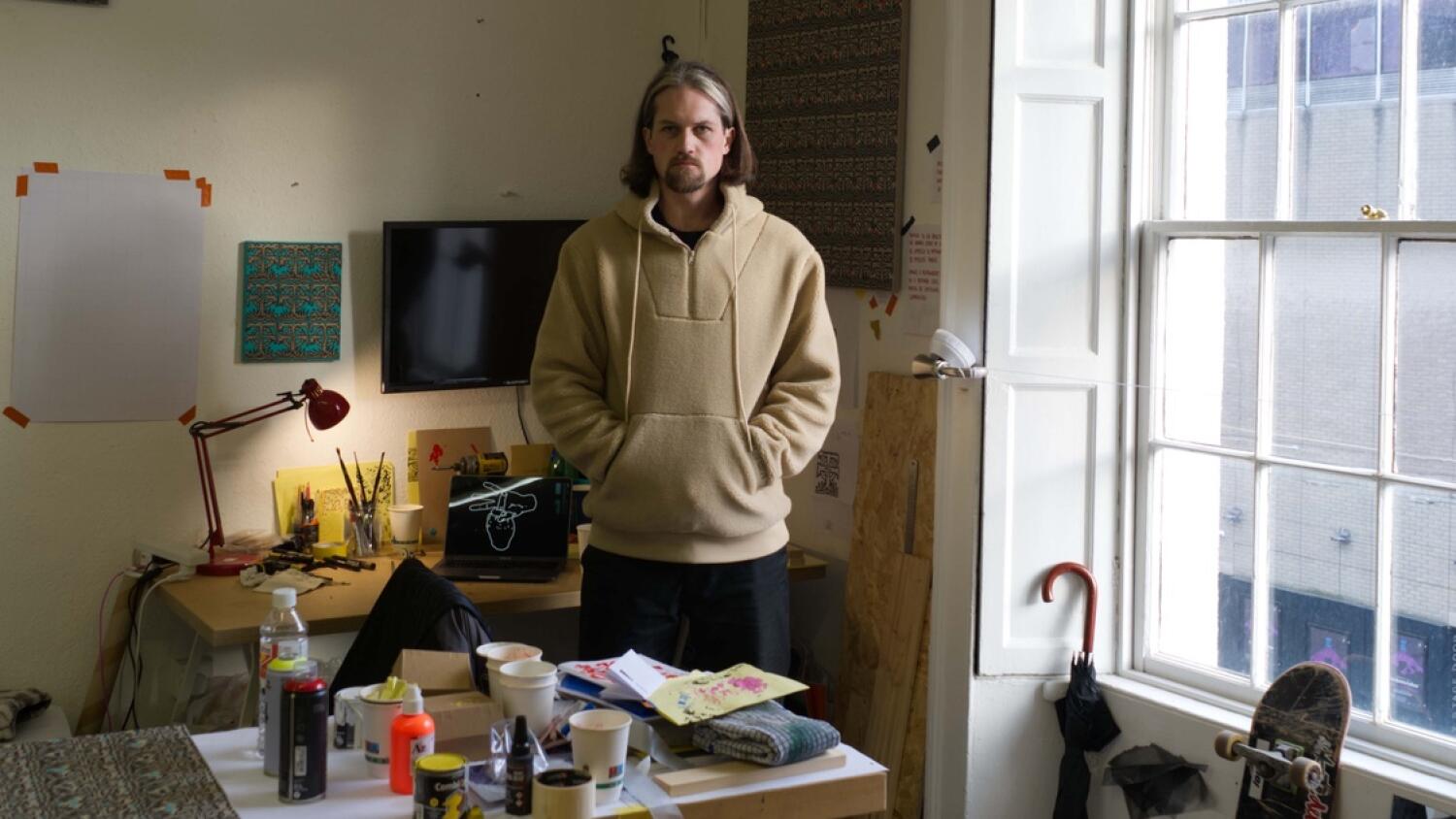
Philip Carton from the Business Post interviewed artist Niall Cullen about his current solo exhibition and influences, resulting into this wonderful insight into Niall’s work and life. It includes the best piece of advice he ever received from his Granny… “Between two stools you fall to the ground.”
Niall’s exhibition Crosses, Salt Lamps and Fires for a God That Might Exist continues in the gallery until the until the 5th March, 2024 so drop in and have a look.
You can read the full article below.
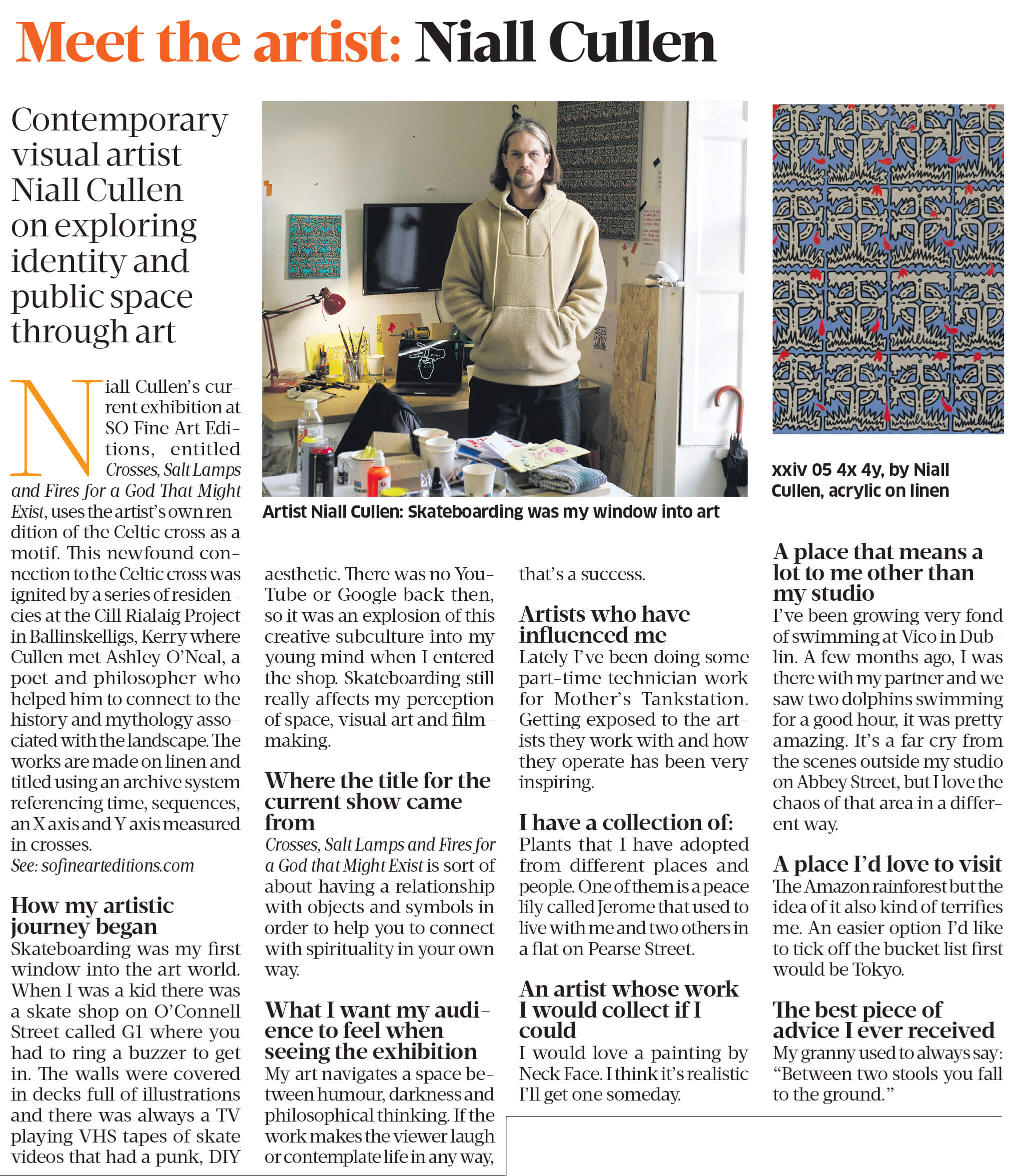
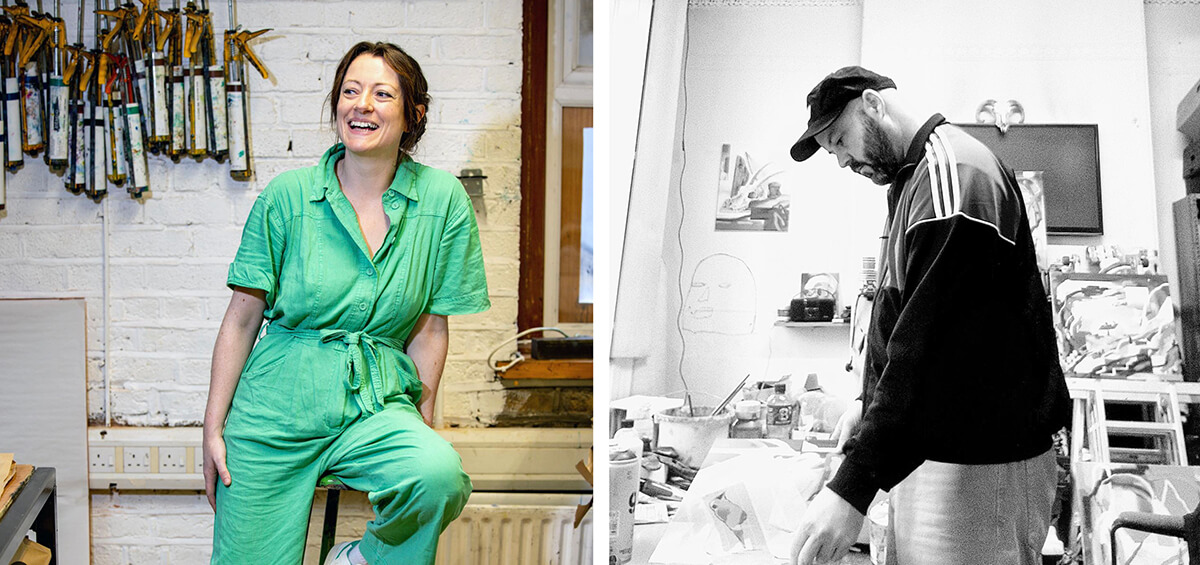
Clare Henderson and James Kirwan have been friends for many years, making it very special to host this joint exhibition in SO Fine Art Editions. Both artists have created such unique and evocative work, yet similar to all good friendships, the works compliment and converse with one another’s on the wall, allowing the viewer to feel invited into this compelling dialogue.
To celebrate their work and mutual admiration we asked them to tell us something that they particularly like about each other’s work.
Clare – I still have some pieces James did in college and from his first show and I get such a kick out of the humour and consideration that seeps out of them. I love his signature palette of greens, and how he weaves all the other colours of nature into that. It’s a balancing act for him for sure – through colour and composition, but also style. I’m fascinated by his pieces like ‘Bando’ that feature a beautifully rendered billowing bungalow combined with abstractions of nature and beyond.
James – I have watched Clare’s work evolve over the years, she really is a master of her own style, technique and vision now. Her work holds your gaze the same way you would look out over an Irish landscape or seascape. It has a stillness, a quietness to it, that is calming and meditative. There is an obvious distance and misty illusion to her pieces, you can almost feel the damp in the air. I really love how she is introducing more colours into the work, hints of soft green land and warm pink sunlight. This is yet again a visible evolution in Clare’s art, which is a commendable progression in my eyes.
And then we asked about their view on their own work…
We asked if they have a favourite piece, or favourite part of one of their own artworks, in this exhibition?
James – Two pieces of my own work that are close favourites for me are ‘Bando’ and ‘Distant Rumble’. ‘Bando’ is a classic example of a canvas that probably started a year or longer ago and gradually changed with added layers and marks. I do this a lot with multiple works, as I make alterations then put it away for some time only to bring it back out eventually and so on. I decided to add the abandoned house towards the end of completion. It is a theme that I have recently revisited, old run down houses that I spot while driving around, mostly in the West of Ireland. ‘Distant Rumble’ is another good example of a canvas that repeatedly changed so many times, until I introduced the image of an erupting volcano, which in turn brought a certain order into the chaos. Both these pieces, as well as with most of my work all go through a long process of me almost wrestling with myself, colour, decision making, until they reach a moment where I know they are done.
Clare – That’s like asking do you have a favourite child! So obviously, “I love them all equally” is the official answer. I do, however, have some that I’m more proud of because I feel like I really figured something out in the completion of them. I like the ‘Connemara’ series of monoprints because as I’m writing this I’m looking out my window at those same half there misty mountains. But I’m most proud of the chine colle composite pieces ‘To Meet the Sky’s because they took me an age to figure out and complete, and so when they worked out I was just so pleased. They are the largest prints I’ve ever made. The metal leafing, which came afterwards as a way to highlight my imperfections, is completely new to me and even though finicky, is also quite fun. It feels quite ancient and meditative to me, which are things that often draw me to a process.
Their exhibition ‘Thin Places’ continues in the gallery until the 21st October, 2023 and all the works can be viewed on our website here.
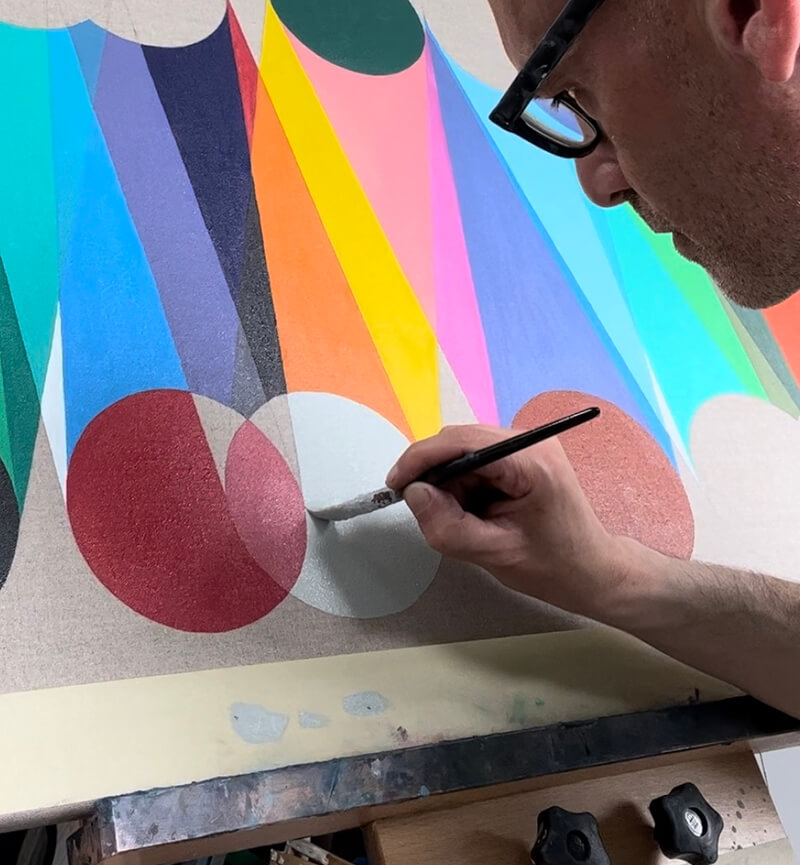
John Fitzsimons is a painter and printmaker from Dublin who currently has a solo show ‘The Thief of Time’ on the walls in SO Fine Art Editions. His work deals with an aspiration of balance and harmony within society and our harmful relationship with the earth and our environment. We thought we would find out a little more about him.
SO Fine Art Editions – What was your first experience creating art?
John – Drawing Dinosaurs and monsters all over my French book in school when I was about eight years old. I wasn’t very good at French.
SO – What or who inspires you?
John – I find that nature inspires me most but also looking at other artists work and how they respond to nature. I’m really inspired by recently deceased Brice Marden and also love Sean Scully’s work.
SO – Art can be quite solitary, so when you are working through problems in your work, who do you talk to or what do you usually do?
John – I like to let things sit on the studio walls for some time it’s really helpful if you’re unsure to give it time and then the answer usually presents itself. My sister, who also went to art college, is really clever and insightful so she is great for putting me in the right direction if I’m stuck.
SO – And finally do you have a favourite piece in this show?
I do, there’s is a small piece with turquoise and green rectangles overlapping each other. Its simplicity really draws me in and makes me excited to work more with that idea.
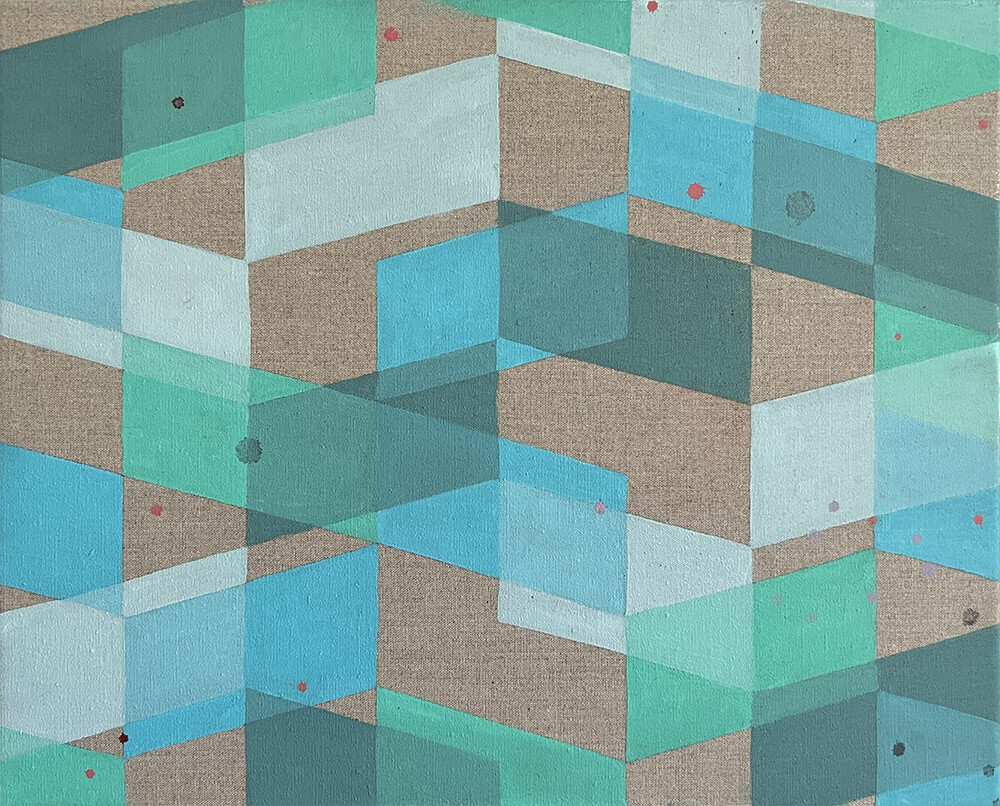
Although there are no French dinosaurs in his current show, there are lots of fantastic works to view, and it is on until the 23rd September 2023.
You can also see the works and read the press release here.
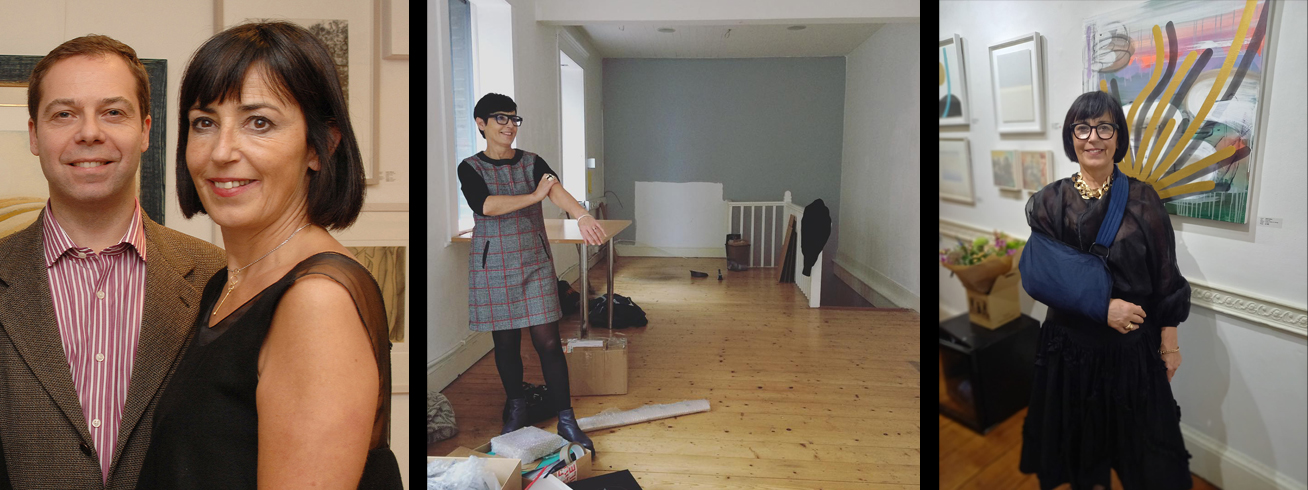
Hard to believe it has been a decade of SO Fine Art Editions already. Over the past 10 years, SO Fine Art Editions had developed an ever-changing programme of exhibitions and an ever-expanding stable of artists. From the early days on Dublin’s South Anne Street to our current location in the ballroom on the 2nd Floor of the Powerscourt Townhouse Centre, the gallery has grown and changed to represent current times and trends.
When asking Gallery Director, Catherine O’Riordan about any memories or favourite moments that stood out for her over the past 10 years, she answered that more than a particular moment, having enjoyed 70 exhibitions she has lots of great memories. One thing Catherine is very proud of is the gallery’s ongoing support of young graduates. This can be seen again in the current exhibition Decennium, on in the gallery until August 18, 2023. Catherine also delights in the range of art mediums she showcases from photography to applied arts, paintings, sculptures, prints and drawings… There is always something new and exciting coming in. That in itself is a highlight.
One graduate who established a relationship with Catherine and SO Fine Art is artist Stephen Doyle, he had this to say about the gallery –
“When I left college, I desperately wanted to grab the attention of a gallery in Dublin. I went around and introduced myself, emailed and heard nothing back from anyone. Except for Catherine at SO, who invited me to her gallery for a chat. I will forever be so grateful to her for giving me an opportunity when I needed one. Ever since, she and her team have supported me and I find it lucky to be associated with SO Fine Art Editions.”
Long time friend and artist Niall Naessens had this to say “I know Catherine O’Riordan since the eighties. It has been a pleasure and fun to work with her and her gallery crew on many SO shows and projects. I am especially appreciative for the support of SO during my show ‘Good Morning Mister Turner’ at the National Gallery of Ireland in 2018. Happy Birthday SO Fine Art Editions.”
With lots of well wishes coming thick and fast, SO looks forward to the next chapter, the next exhibition and the new and exciting artworks that SO Fine Art Editions has the privilege of showcasing.
Written by Aidan Dunne for Taffina Flood’s solo exhibition Work + Turn, 2021.
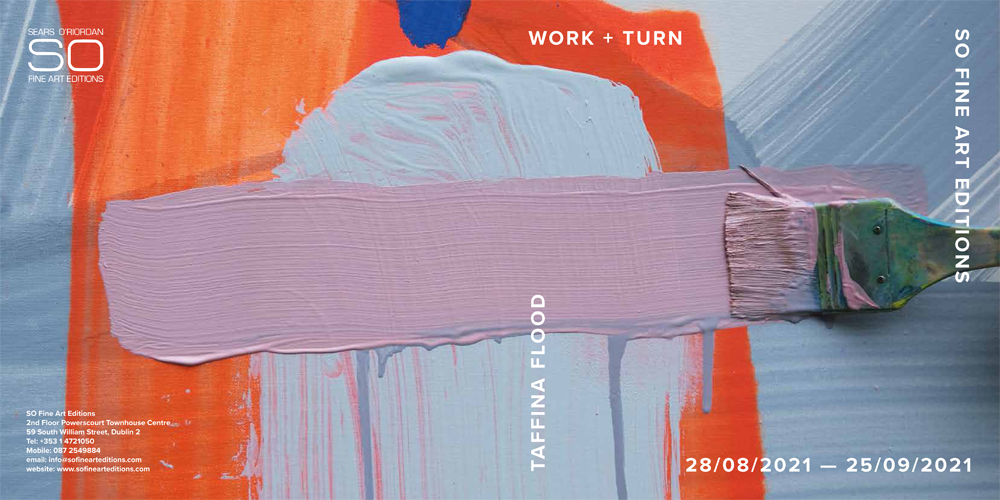
Early on in Michelangelo Antonioni’s film Blow-Up, the main protagonist, Thomas, an ultra fashionable photographer, wanders into the studio of his neighbour, Bill, an abstract painter, and finds him staring at a work he made five or six years previously. Bill explains that his paintings, which are pointillist abstracts (and very good ones; they are actually works by Ian Stephenson, rather than purpose-made props), have no paraphrasable meaning for him until he finds something to hang onto in them. Thomas turns his attention to a new work lying on the floor. “Don’t ask me about this one,” the artist says. “I don’t know yet.”
Thomas asks if he can buy it; Bill declines. Nor will he give it to him. It is as if what Thomas really values is the mystery of the painting. The encounter anticipates and, more, encapsulates the core of the film, later prompting Thomas to examine in detail one of his own photographs, unearthing information in the image that he had not noticed when he took it.
The film’s script was very loosely based on a short story by Julio Cortázar. While working on the script, Antonioni visited Stephenson’s studio, and it seems fair to say that the visit was central to the development of the film: Stephenson’s paintings, and the questions about interpretation and perception they invite, are absolutely key in Blow-Up. In fact, they occupy a position that is exceptional in cinematic fiction.
At the time, asked about his approach to writing a scenario in an interview with Pierre Billard, Antonioni commented that: “I look at everything, avidly … an idea almost always comes to me through images.” Rather than devising or inventing images that clarify a dramatic line or illuminate the characters, the creative effort for him “has to do with restricting the accumulation of these images, with digging into them, with recognising the ones that coincide with what interests me at the time. It’s work done instinctively, almost automatically, but it involves a great deal of tension. One’s whole being is at stake….”
Much of the approach described by Antonioni, and much of the rationale applying to images and perception in Blow-Up, holds true for Taffina Flood’s paintings and print works. She is an avid collector of images, whether in her mind or as photographs: tens of thousands of photographs. But, by her own account, the photographs are not amenable to categorisation in terms of conventional genres. While they are certainly drawn from her environment, and one could say they touch on aspects of landscape, they are not really landscapes per se. Nor do they fit obviously into any other pictorial mould. While her photographs feature myriad ordinary things, they do so in a fragmented, even disjointed way, avoiding the standard motifs and compositional formulae that dominate the vast bulk of the staggering amount of photographic images in circulation, whether in material or virtual form. As one member of her family observed, with a level of puzzlement:
“Your photographs have no people in them.”
There is clearly something about each image that compels Flood’s attention but, as with the painter in Blow-Up, she is not consciously aware of what it is. The photographs certainly inform the paintings. It seems accurate enough to say that there is an ongoing dialogue between photographs and paintings. Painting, for her, is surely a way of interrogating the limitless body of potential images, of zeroing in on the heart of the mystery. And it is a process charged with tension. It involves, as she puts it, “a constant battle to get away from your conscious mind.”
The process can be prolonged, involving over-painting and rediscovery, finding and losing and finding again, the search for half-remembered colours of uncertain origin, a dance of folds and twists of forms that are both geometric and organic. The format is always a square, a symmetrical framework which ensures she can work and rotate the composition as she goes along — hence the overall title, Work-and-Turn.
A history of its making is implicit in each painting, but the object is not to provide a visual record of a prolonged struggle with materials
(a viable, alternative strategy employed by some artists). In fact, if she feels she has gone too far with a piece, that it has become too clogged, she will simply abandon it. In the end, what remains, what we see, has to be in its own moment, instantaneous, everything or nothing.
In arriving at that point, she steers clear of the predictability of description. Description is something to be avoided. Representational images offer a form of reassurance. Once a scene knits itself together before our eyes, we know where we are, so to speak. Flood aims to disorientate us, to dislodge us from a position of habitual control and leave us in a different kind of space, one that requires renegotiation on our part, and a certain openness.
She alludes to walking as being important to the process. What she likes is the chance, unfiltered nature of “thinking walks”, when the raft of one’s own concerns and preoccupations meet the physical environment in unpredictable ways. Walking, as Rebecca Solnit put it in her book Wanderlust, provides an opportunity to “find what you don’t know you are looking for.” She elaborated on this idea in A Field Guide to Getting Lost, prompted she has said by a quote from Plato’s Meno that one of her students had jotted down: “How will you go about finding that thing the nature of which is unknown to you?” Flood’s most concise answer to that question could be, simply: Painting.
Aidan Dunne
Matthew Mitchell’s exhibition launched on our website. It is a first for us. Seems strange to not have the usual opening. Especially strange for Matthew, the work an artist puts into a solo exhibition is immense! At 2pm on Friday the 23 April, we hit the exhibition to go live and then phoned each other.
But the response has been great. Matthew’s work is so incredibly beautiful and the interest and support for us as a gallery and for this incredibly talented artist proves that even when things are hard and different, we still really need art. It lifts us out of the ordinary. It opens another world and draws us in. All the places that we might not be able to reach in this current climate are closer.
So take a moment to appreciate the wonderful body of work that is ‘Timeline – Amlíne’. This is what self-care is all about! See all the work in the online exhibition HERE.
The Law Society of Ireland is the educational, representative and regulatory body of the solicitors’ profession in the State. Established in 1830, it is steeped in history and traditions. By the middle of the 1960s a special committee recommended the purchase of the King’s Hospital, Blackhall Place, which according to the architectural historian, Maurice Craig, is “one of the most beautiful and, in its way, original” of Dublin’s major buildings. <1>
In 1978, after undergoing considerable renovations, it was opened as the headquarters of the Solicitors’ Profession. With very fine plasterwork from the Georgian period and amazing stained glass window by Irish artist Evie Hone, this place is in itself a piece of art.
 How fitting therefore to be invited by TP Kennedy, Director of Education at the Law Society of Ireland, to put together a visual art exhibition to “introduce to an audience a diverse and dynamic range of work created by a new generation of talented artists.” This was an opportunity for Catherine O’Riordan, gallery Director and Curator of COLLISION, to showcase many different forms of visual art in a setting that has always supported the arts. Exposing the artworks of many different artists to an audience of young talented peers. This collision of contemporaries is where the name for the exhibition came from. Art and Law colliding in a unique and historic location.
How fitting therefore to be invited by TP Kennedy, Director of Education at the Law Society of Ireland, to put together a visual art exhibition to “introduce to an audience a diverse and dynamic range of work created by a new generation of talented artists.” This was an opportunity for Catherine O’Riordan, gallery Director and Curator of COLLISION, to showcase many different forms of visual art in a setting that has always supported the arts. Exposing the artworks of many different artists to an audience of young talented peers. This collision of contemporaries is where the name for the exhibition came from. Art and Law colliding in a unique and historic location.
With 85 artworks in the exhibition, this is one of the biggest and most exciting undertakings for SO Fine Art Editions. The works chosen offer a very broad picture of contemporary art in Ireland and the artists included here show such talent and commitment to their profession that it has been an absolute pleasure to curate. The exhibition continues until Christmas and if you have a chance please come in and take a look around. It is a treasure trove of beautiful works that can only do the soul good! See images of the work here.
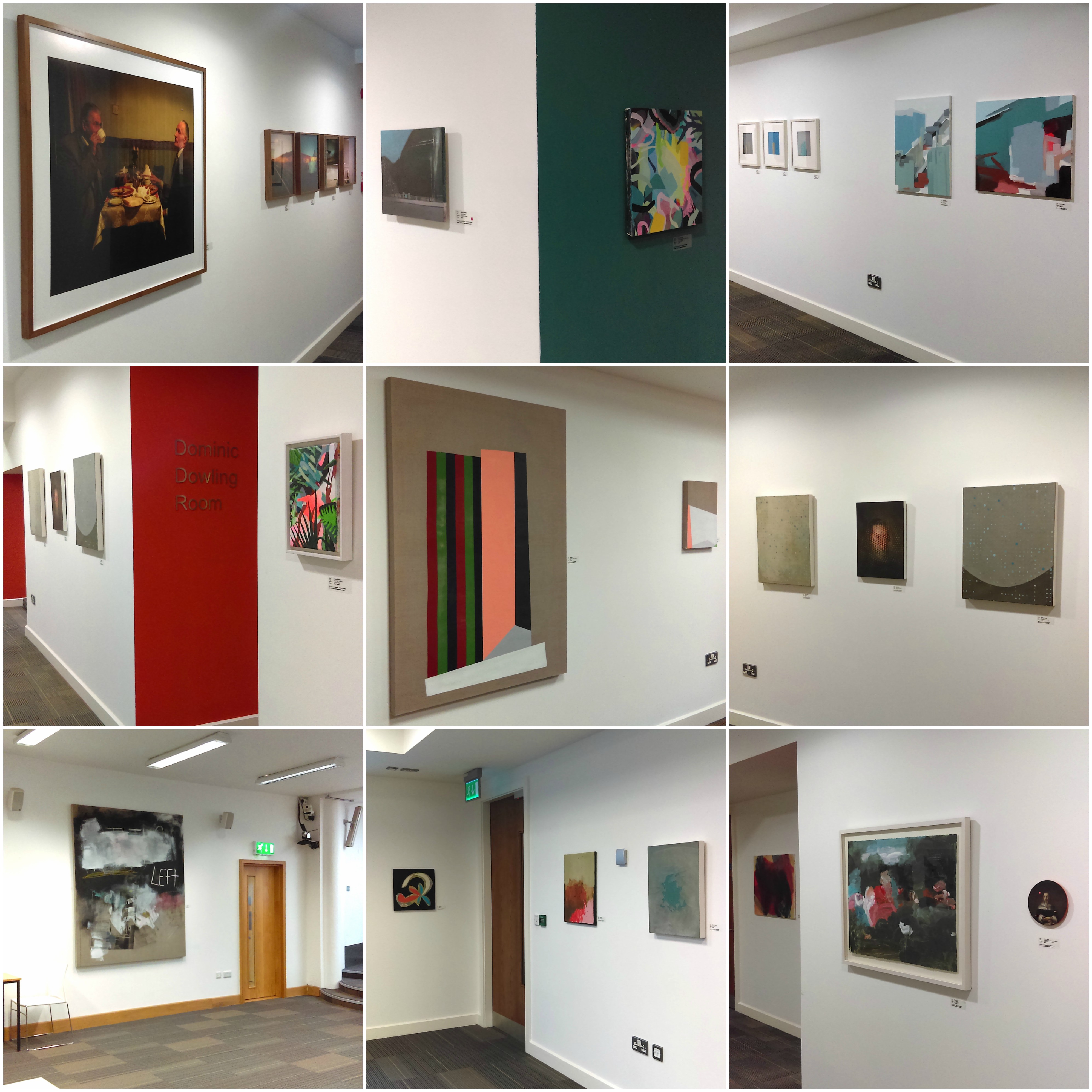 <1>Law Society of Ireland – 1852 – 2002: Portrait of a Professional by Dr. Eamonn G Hall and Daíre Hogan (Dublin Four Courts Press, 2002) (p123)
<1>Law Society of Ireland – 1852 – 2002: Portrait of a Professional by Dr. Eamonn G Hall and Daíre Hogan (Dublin Four Courts Press, 2002) (p123)
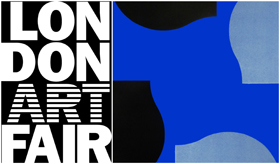
We are delighted to be exhibiting in this years London Art Fair from 19 January – 24 January, 2016 in Business Design Centre, 52 Upper Street, Islington, London N1 0QH.
We will be launching ‘A lonely impulse of delight’, a visual and literary celebration of the work of WB Yeats and are very honoured to have the Irish Ambassador, Dan Mulhall, launch the exhibition and artist Hughie O’Donoghue giving a short talk on the inspiration for his piece in the exhibition on the 19th January, between 6pm-9pm.
We look forward to seeing you at our stand, G41.
For a list of galleries and works exhibiting at this year’s fair see www.londonartfair.co.uk
Special thanks to Culture Ireland for all the support.
Opening Hours
Tuesday, 19 January (VIP Preview) 6pm – 9pm
Wednesday, 20 January 11am – 9pm
Thursday, 20 January 11am – 9pm
Friday, 20 January 11am – 7pm
Saturday, 20 January 10am – 7pm
Sunday, 20 January 10am – 5pm

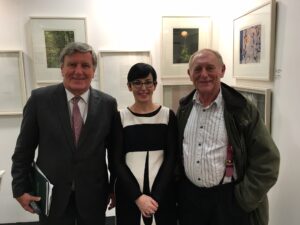
Images: Stand G41, Ambassador Dan Mulhall, Catherine O’Riordan & Norman Ackroyd
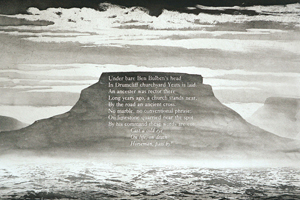
SO Fine Art Editions marks the 150th anniversary of Yeats’ birth with a prestigious exhibition entitled ‘A lonely impulse of delight’ featuring works from Ireland’s top writers and artists. This exhibition is part of the official ‘Yeats 2015’ celebrations and incorporates the works of 32 visual artists, writers and sculptors.
Artists include:
John Banville, Eavan Boland, Paul Muldoon, Edna O’Brien, Colm Tóibín, Aoife Scott , Jean Bardon, James McCreary,Ed Miliano, Amelia Stein, Yoko Akino, Louise Leonard, Niamh Flanagan, Niall Naessens, Paul Gaffney, Leo Higgins, Donald Teskey, Hughie O’Donoghue, Richard Gorman, Diana Copperwhite, Martin Gale, Michael Canning, Barbara Rae, Norman Ackroyd, Stephen Lawlor, Lars Nyberg, Kelvin Mann, Kate Mac Donagh, Vincent Sheridan, Lina Nordenström, Michael Cullen, and John Behan
The exhibition is now open until 30 January, 2016, and also includes personal letters, broadsides and other items from Cuala Press and WB Yeats on display.
View all works from ‘A lonely impulse of delight’
Please click each thumbnail for full image.
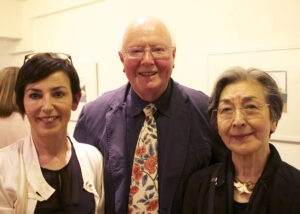
Catherine O’Riordan, Johannes Eidt, Sonoi Eidt
SO Fine Art Editions is pleased to present a solo exhibition of German artist Johannes Eidt. The exhibition, titled Against the Wind, opened on April 23rd in the gallery. We were delighted to have the artist attend the opening where he spoke on his work and international career. To see all works from the exhibition please see the Against the Wind page. Against the Wind runs until May 23rd at SO Fine Art Editions.